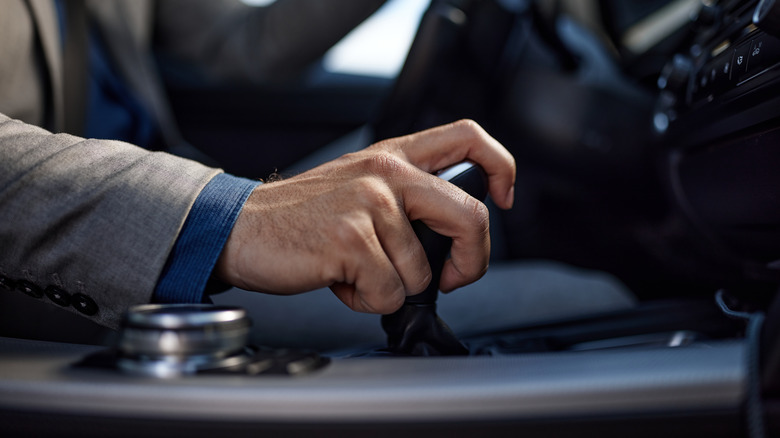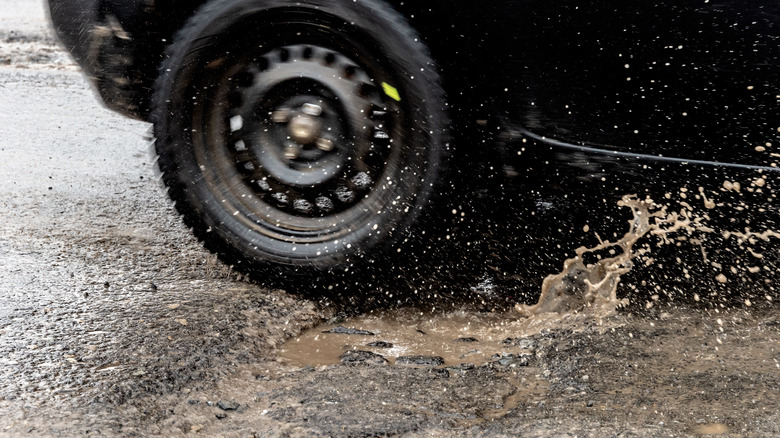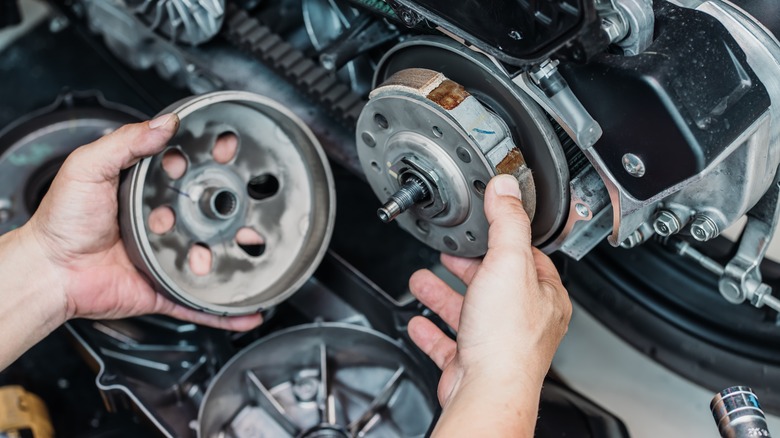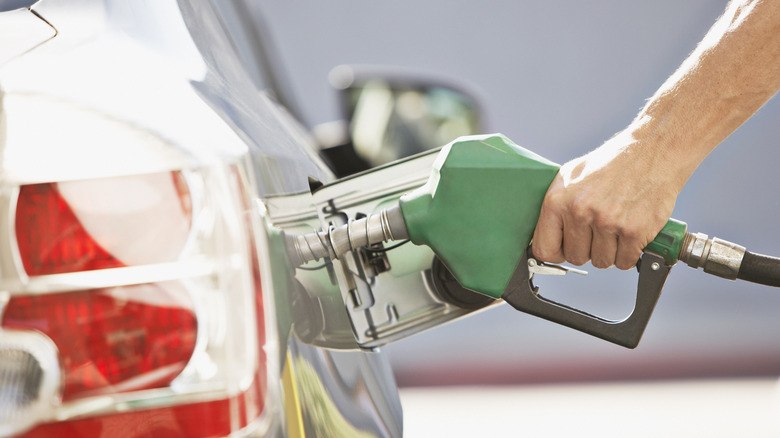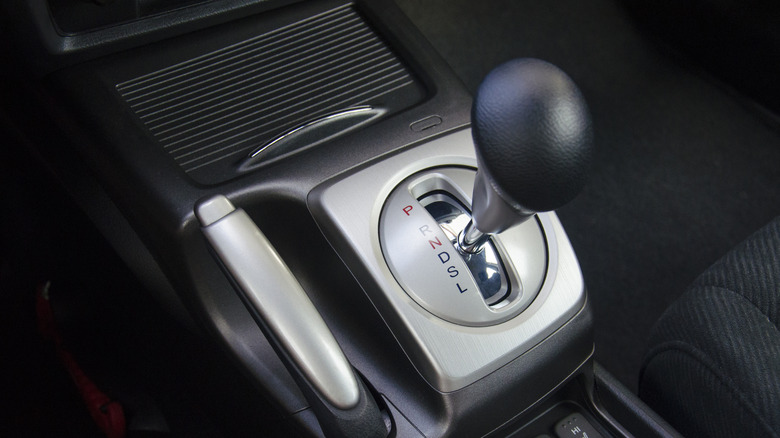4 Common Myths About Automatic Transmissions
Automatic transmissions have been present in cars for over a century now, with the original concept being patented in the early 1920s. Since those early days, automatic transmission design has gone through a variety of iterations and upgrades, gradually improving in stability, strength, and affordability. It's thanks to this constant evolution that automatic transmissions have effectively superseded manual transmissions as the default automotive setup.
When a particular piece of technology has been around for long enough, the newest information about its developments doesn't always travel throughout the public. Whether it's a result of outdated information or just outright falsehoods, there are quite a few myths that have persisted about automatic transmissions up to the modern day. Depending on who you ask, you may take these old tales as reasons to disregard any vehicle with an automatic transmission, but every one of them can be debunked with a bit of research.
Automatic transmissions can't handle rough roads
It's a generally-accepted notion that, when it comes to more technical driving, a manual transmission is preferable to an automatic one. If, for example, you were driving up an extremely steep hill or over an unstable sand dune, the precise control of a manual would be the better option. However, just because a manual is better at handling rough, uneven, or otherwise weird terrain, that doesn't mean an automatic is stuck in the mud.
An automatic transmission's automatic gear shifts handle most of the tricky aspects of shifting when handling rough roads, leaving you to focus more on steering and accelerating. As long as the car you're driving is built to handle uneven terrain, with a robust body and features like 4WD, then an automatic transmission will work just fine for regular driving. If you're more of a hobbyist driver that wants to get wild with it, a manual might be better, but in most circumstances, an automatic will carry you equally well.
Automatic transmissions are sealed and unserviceable
As a part of overall effort to increase the efficiency of automatic transmissions, some manufacturers have opted to streamline the process of fluid changing and maintenance, creating self-regulating systems that don't need to be flushed. This is where sealed transmissions come from, self-contained systems that, at least allegedly, never need to have their fluids serviced. For some reason, there's an assumption that all modern automatic transmissions use this framework, which means if they break, the only option is to get them completely replaced.
First of all, not all automatic transmissions are sealed – this is a case-by-case thing that depends on the make, model, and year of your transmission. Second, and more importantly, sealed transmissions can be drained, filled, and checked like any other transmission. It just takes the right know-how. Granted, this process can be more in-depth and, as a result, more expensive than servicing a traditional gearbox, but if your sealed automatic transmission breaks, you won't necessarily need to swap the whole thing out.
Automatic transmissions use more fuel than manual ones
Technically speaking, it used to be true that manual transmissions had better fuel economy than automatic ones. Older automatic transmissions weren't quite as good at regulating fuel intake due to a combination of weight and complexity; unlike the dry shifters in a manual transmission, the gears in an automatic transmission need to be constantly spinning. This means more fuel burned to keep up the rotation and compensate for the generally higher weight.
However, automatic transmissions have made large strides toward fuel efficiency in the last couple of decades. Thanks in large part to computer-assisted features like stop-start systems and adaptive cruise control, automatic cars have become much better at controlling their fuel use. Manual transmissions may still be slightly better at conserving fuel in broad strokes, but the difference is surprisingly narrow. If your automatic car is newer than a manual one, the updated features could push it past the manual one for fuel efficiency.
Automatic transmissions should be placed in neutral when stopped
If you learned how to drive a car from someone who primarily drives manual transmissions, they may have told you that you should shift to neutral when stopped at a light. This is good advice for a manual vehicle, as shifting down to neutral eliminates the wear that the gearbox would endure from being stopped in gear, plus it saves you some fuel. On an automatic transmission, however, this is both unnecessary and ill-advised.
The neutral setting on an automatic transmission is only intended to be used in situations where you want the wheels to move without input from the engine or gearbox. This includes going through a car wash or getting a tow, as well as emergency situations like engine failure. Shifting to neutral doesn't have the same gas-saving benefits for an automatic that it does for a manual, and in fact, it could make it more difficult to accelerate from a stop.
